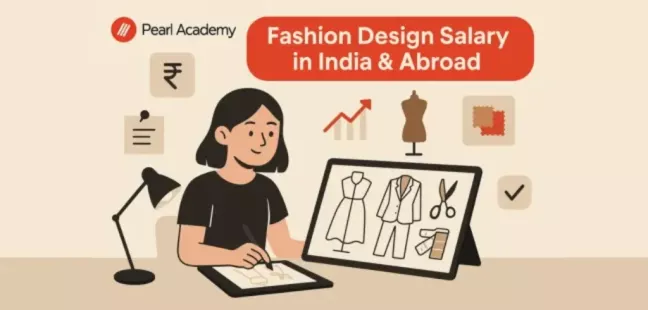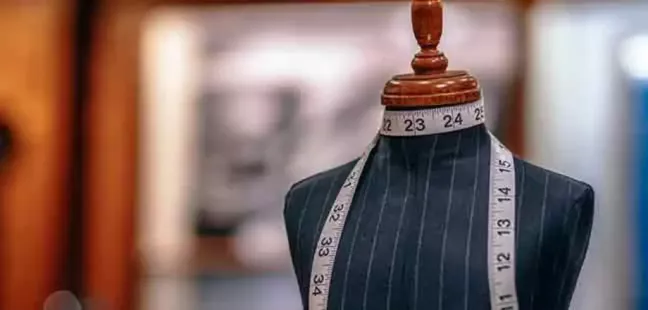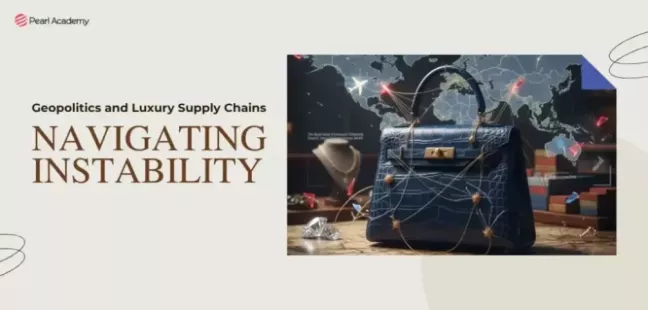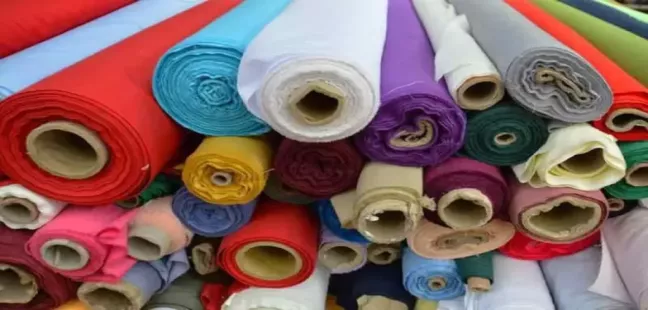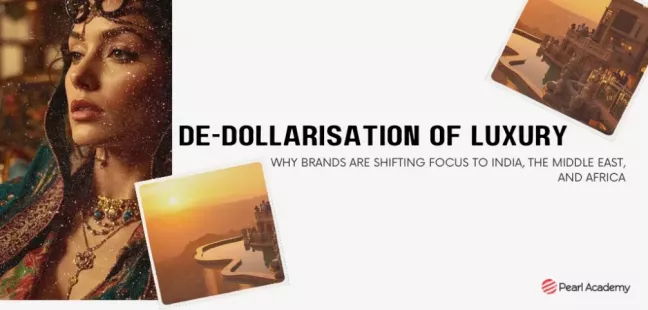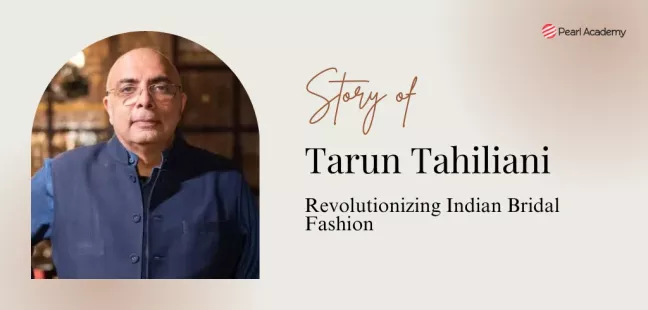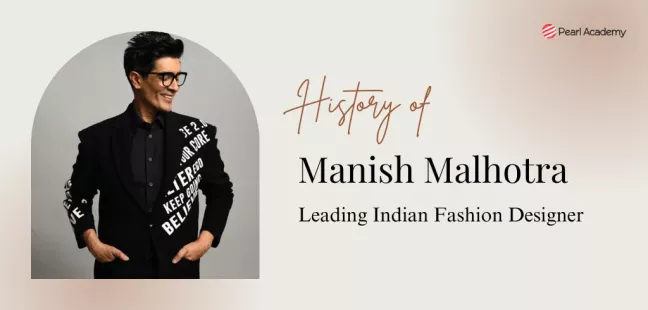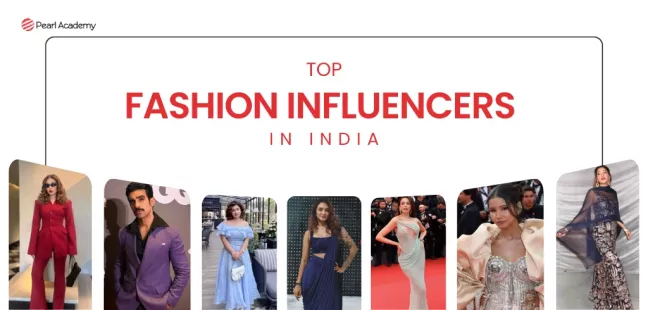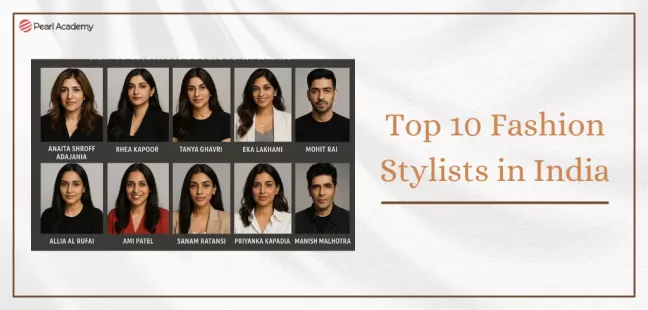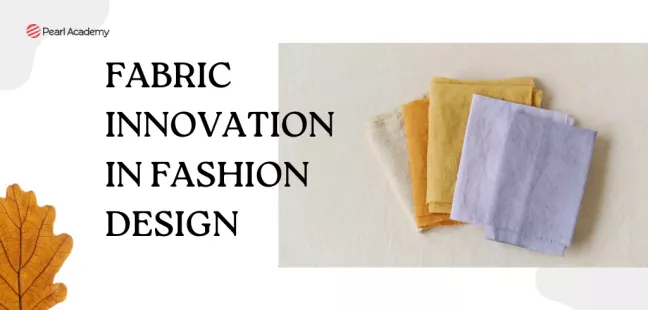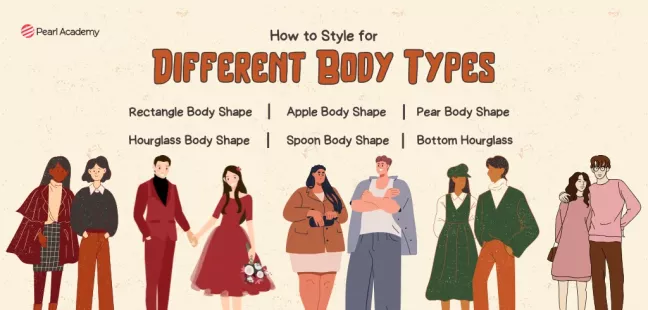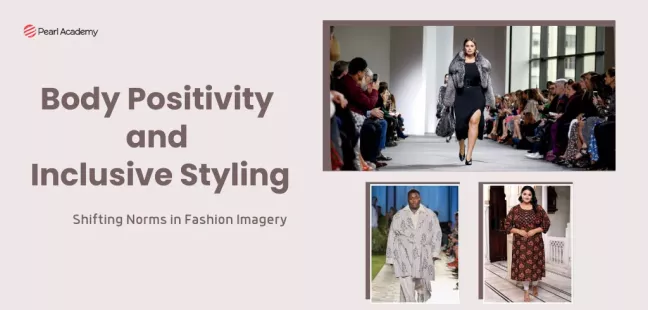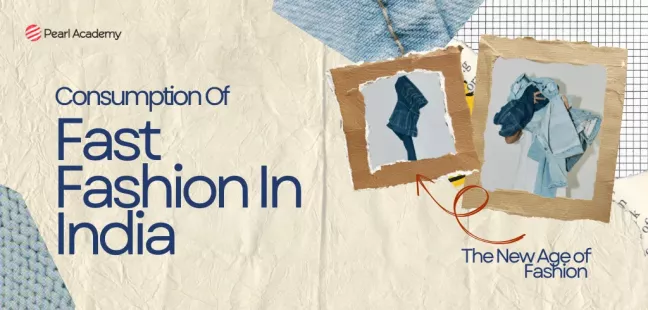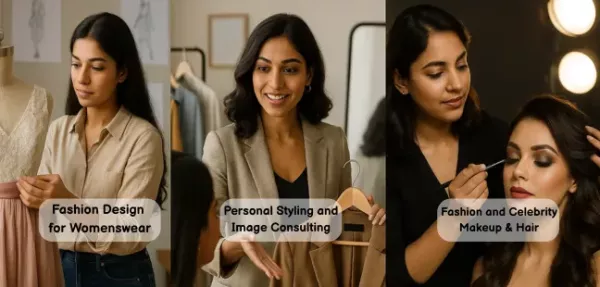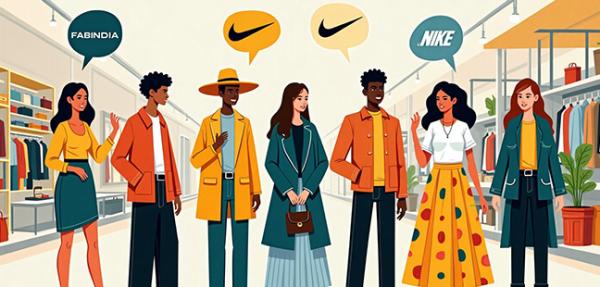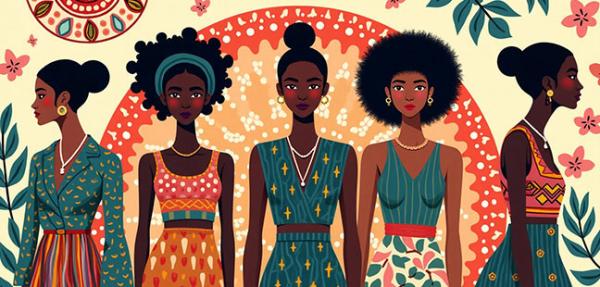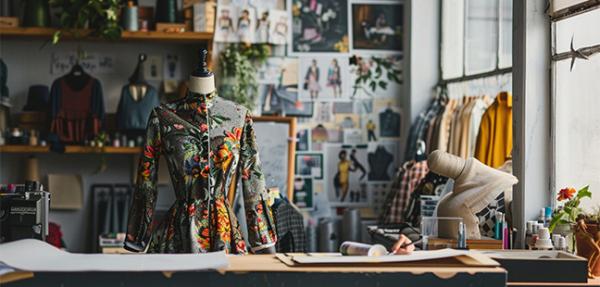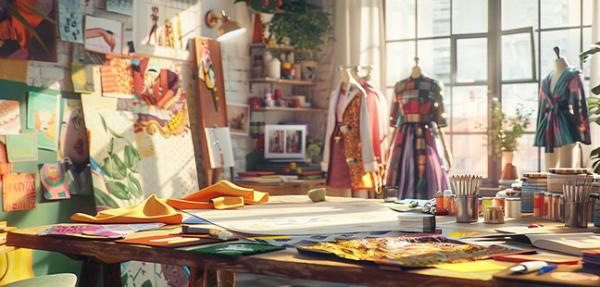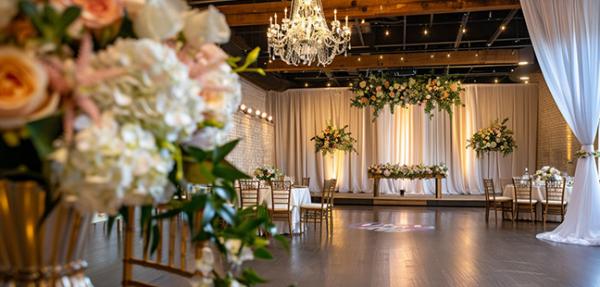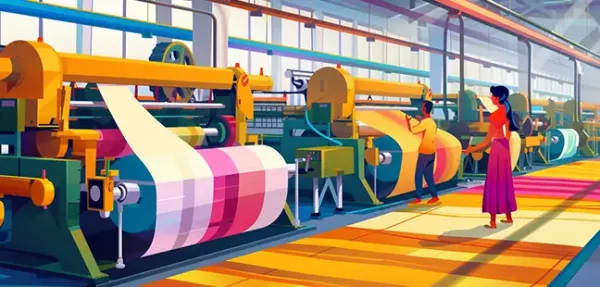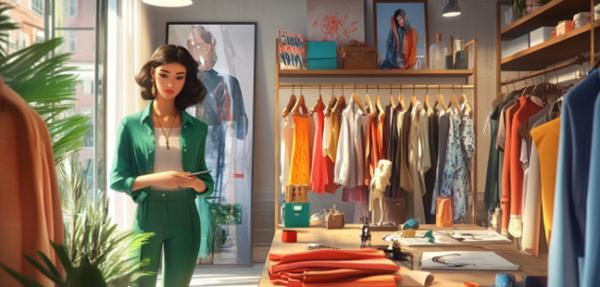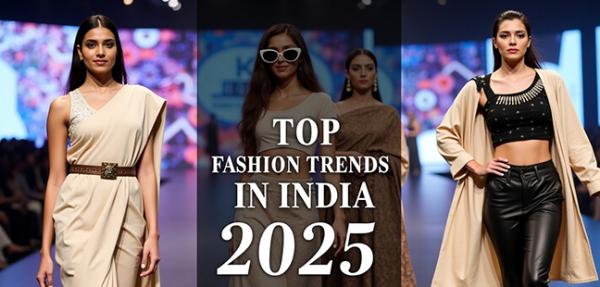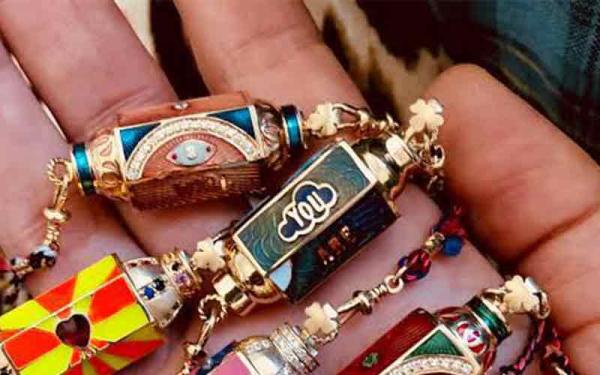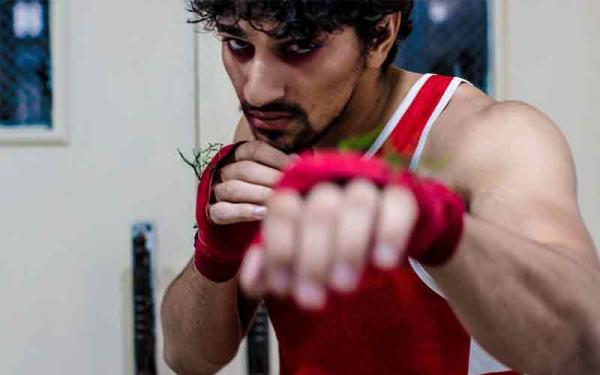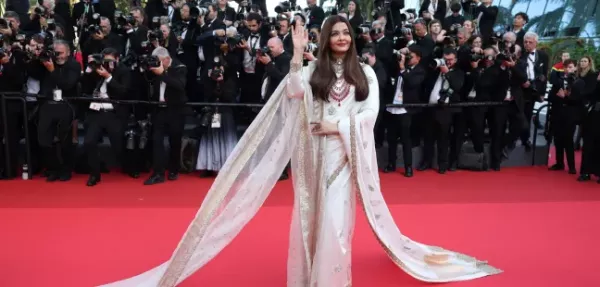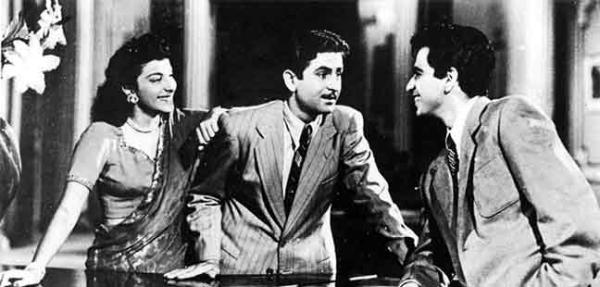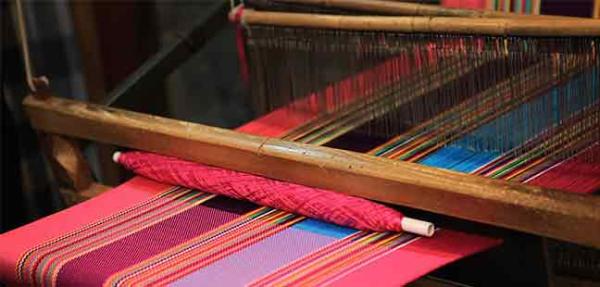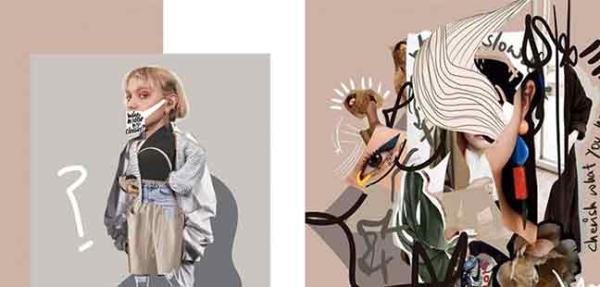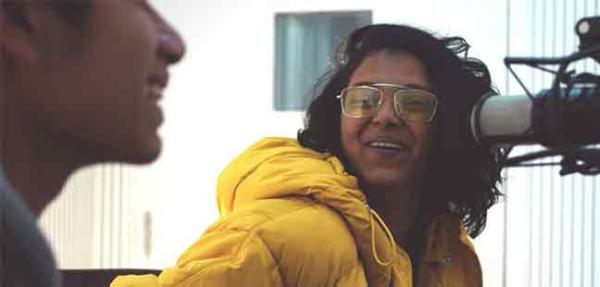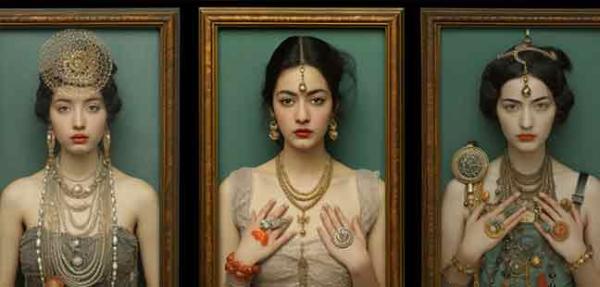The History of Fashion Industry in India
- Editorial Team
- Published 23-Sep-2025

The history of fashion industry in India is a regal saga of a beautiful relationship between antiquity and modernity, local tradition and global imagination. What makes it one of the oldest and one of the most dynamic industries in the world, is the fact that its traditions date back to centuries with sartorial tradition developed over millennia, unlike most fashion traditions that were born only in the modern world. It is etched in time, encompassing within itself designs, textiles, mannerisms, and craftsmanship that astound people with its richness, versatility, uniqueness, and dignity of labour.
Become future-ready with our Fashion Programs
Know MoreTextiles and Early Beginnings
Clothing in India was initially scripted in the language of textiles and apparel. Cotton cultivation and weaves were pioneered by the Indus Valley civilisation, the eventual garment evolution giving us the sari and the dhoti. Ancient clothing was made up of antariya, uttariya, and stanapatta, utilitarian draped pieces that were adaptations to climate and culture. They later evolved into contemporary forms of draping like sarees, lehengas, and turban, all carrying regional difference and social meaning. What made Indian textile industry a locus of international trade was also its abundant production of cotton and silk, that were employed in producing muslin, jamdani, and chintz, that helped define the very look of Europe's fashion development.
Mughal Splendour and Colonial Encounters
The Mughal era was marked by an explosion in fashion with embellishment style of designing taking forefront. Fashion had not just been about looks; it became a display of power, piety, and courtly culture. With the introduction of the European colonisers in the seventeenth century, this landscape was reoriented. Chintz prints, mass-exported, became so popular in France and England that they posed a threat to domestic textile industries and had to be prohibited for a while. Later, the British colonial presence introduced Western silhouettes-jackets, trousers, gowns, which merged with Indian sensibilities, establishing the first phase of Indo-Western fashion hybrids.
Bollywood and the Democratization of Style
The 20th century with commercialisation and advertisement taking an upper hand, and the visibility of Bollywood shaping fashion, trends, and general public’s view, the Indian fashion industry experienced a dissemination of its trends, designs, and impact to even the remotest locations in India. The 1960s saw sleek saris immortalized by actresses such as Mumtaz, while the 1970s indulged in bell-bottomed and polka-dotted blouse-wear made trendy by Zeenat Aman.
The 1990s and 2000s saw a point of no return when movies like Hum Aapke Hain Koun or Dil To Pagal Hai turned chiffon saris and athleisure wear into phenomena that appealed to a mass audience. Designers such as Manish Malhotra transformed the industry by interspersing cinema, couture, and celebrity culture so that film costumes became more than just props but trendsetters in themselves. Even now, red-carpet appearances by Deepika Padukone, Ranveer Singh, or Alia Bhatt resonate throughout the fashion system, frequently setting seasonal trends.
Rise of Contemporary Designers
The late twentieth and early twenty-first centuries saw the consolidation of India’s fashion industry around its designers and fashion weeks. Ritu Kumar pioneered the revival of hand block printing and indigenous bridal couture. Tarun Tahiliani introduced draping innovations that fused Western silhouettes with Indian textiles. Abu Jani and Sandeep Khosla became synonymous with chikankari and flamboyant luxury, while Anita Dongre championed sustainable fashion and artisan collaborations.
Sabyasachi Mukherjee emerged as a global icon who fused antique opulence with contemporary sensibilities and was picked up by global labels such as H&M. Manish Malhotra, via Bollywood and luxury prêt, was the aspirational glamour face. These designers turned Indian fashion into an international business known at Lakmé Fashion Week, India Fashion Week, and later global runways from Paris to New York.
Globalisation, Technology, and Future Directions
In recent times, the Indian Fashion Industry is revamping and expanding itself, as it stands on the threshold of globalisation, technology, and sustainability. The doors to International Fashion weeks now stand open for Indian fashion designers to showcase their creativity and designs, while international brands such as Dior have hosted shows in Mumbai, which marks acknowledgment of India's textile heritage in luxury fashion. Consumer choice, too, is leaning toward sustainability, inclusivity, and technological integration.
Environmentally friendly materials like organic cotton and bamboo fibres are used more frequently to reduce carbon footprints and make the Indian fashion industry more inclusive to environment and sustainability. Digital technologies like artificial intelligence, augmented reality try-ons, and 3D printing are transforming retail and design. Another equally impactful is the growth of inclusivity: gender-free collections, size-diverse lines, and culturally attuned fashion are not on the fringes anymore but are at the core of the industry's identity.
Related Courses
Pearl Academy and the Pedagogy of Fashion
During all these changes, Pearl Academy has a transformative role in equipping designers with the ability to walk through the past and future at the same time. Its courses in Fashion Design, Styling, Textile Design, and Fashion Communication highlight the learning of heritage crafts like Banarasi weaving, khadi, or gota-patti while imparting knowledge in new areas like fashion law, digital fashion, and sustainability. Alumni like Gaurav Gupta, who have dressed global celebrities at the Oscars, bear witness to the global appeal of its pedagogy. With collaborations with fashion weeks, industry internships, and international cross-cultural partnerships, Pearl Academy defines the connection between India's sartorial past and its future dominance of global fashion.

Student Guidance Center: Our Counselors are Just a Click Away.
Conclusion
The History of Fashion Industry in India is not a fixed repository but a living tale that keeps unfolding. From Indus Valley and Mughal ateliers' weaves to Bollywood glamour and international couture, Indian fashion symbolizes resilience, adaptability, and resourcefulness. The industry is at a pivotal point today where heritage must converse with innovation, sustainability, and technology. Institutes such as Pearl Academy ensure that this conversation is not merely maintained but multiplied, bringing forward the designers who can take forward the majesty of Indian fashion while charting its global futures.
Tags
- #Fashion
Pearl Admission Enquiry
Trending Post
Subscribe to Pearl Blogs
By clicking the "Subscribe" button, I agree and accept the privacy policy of Pearl Academy.














